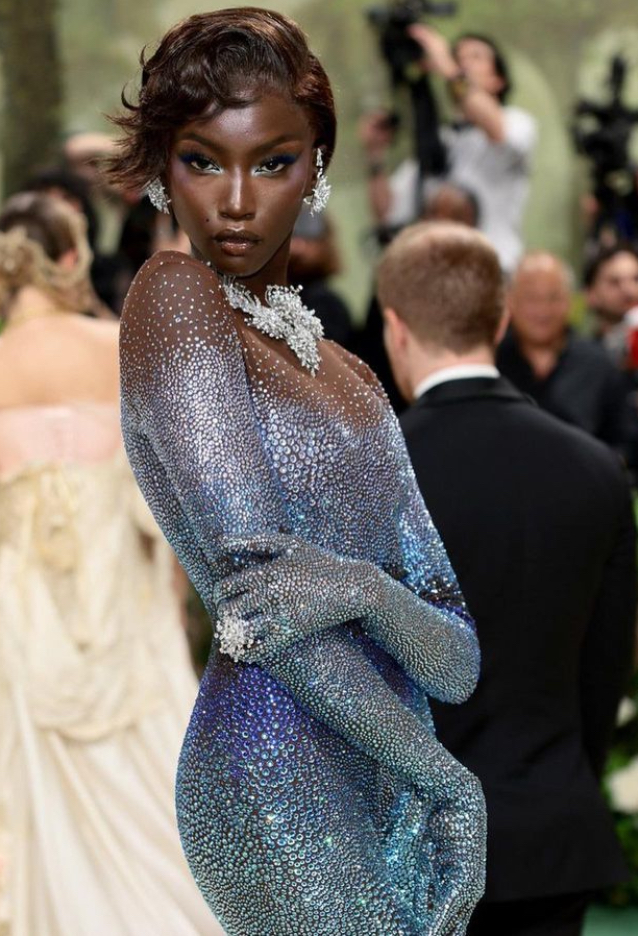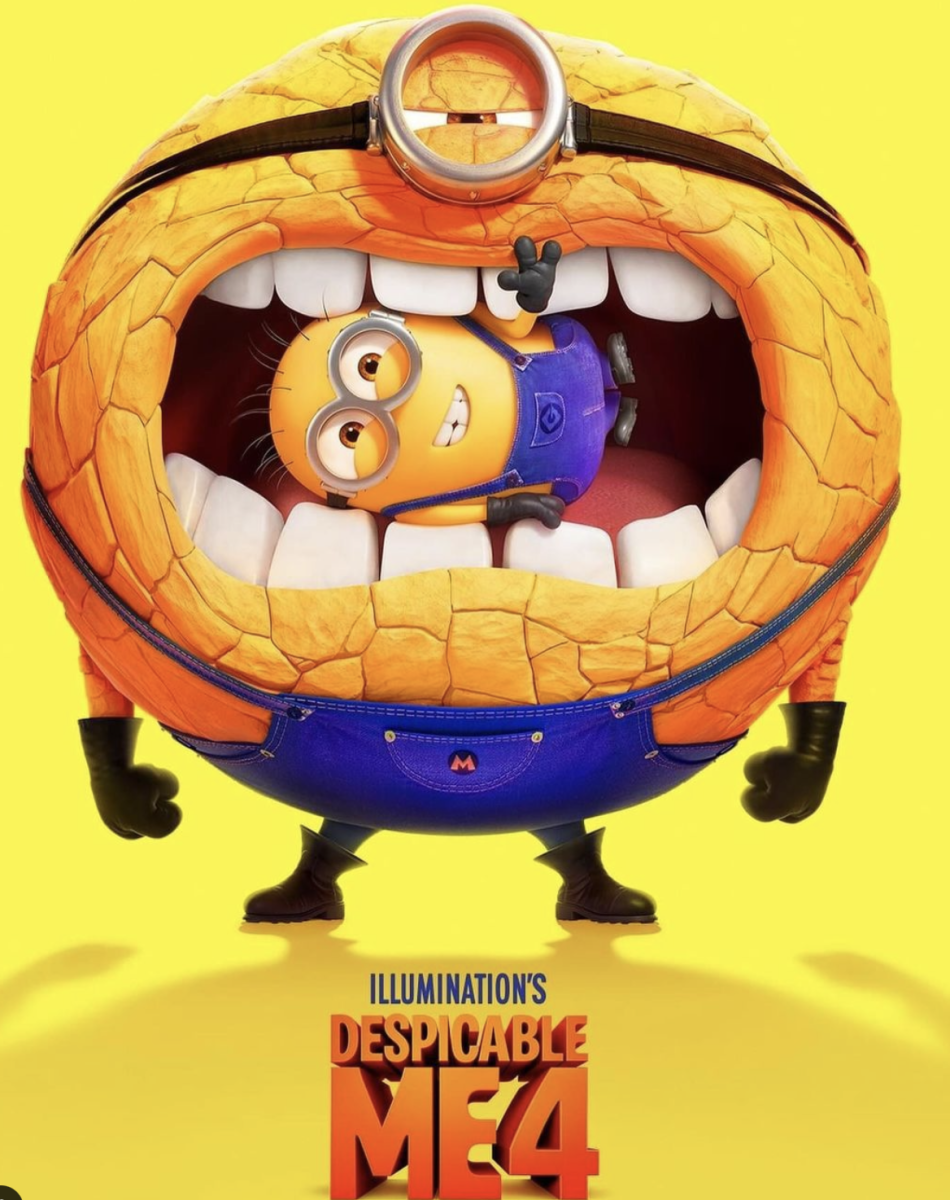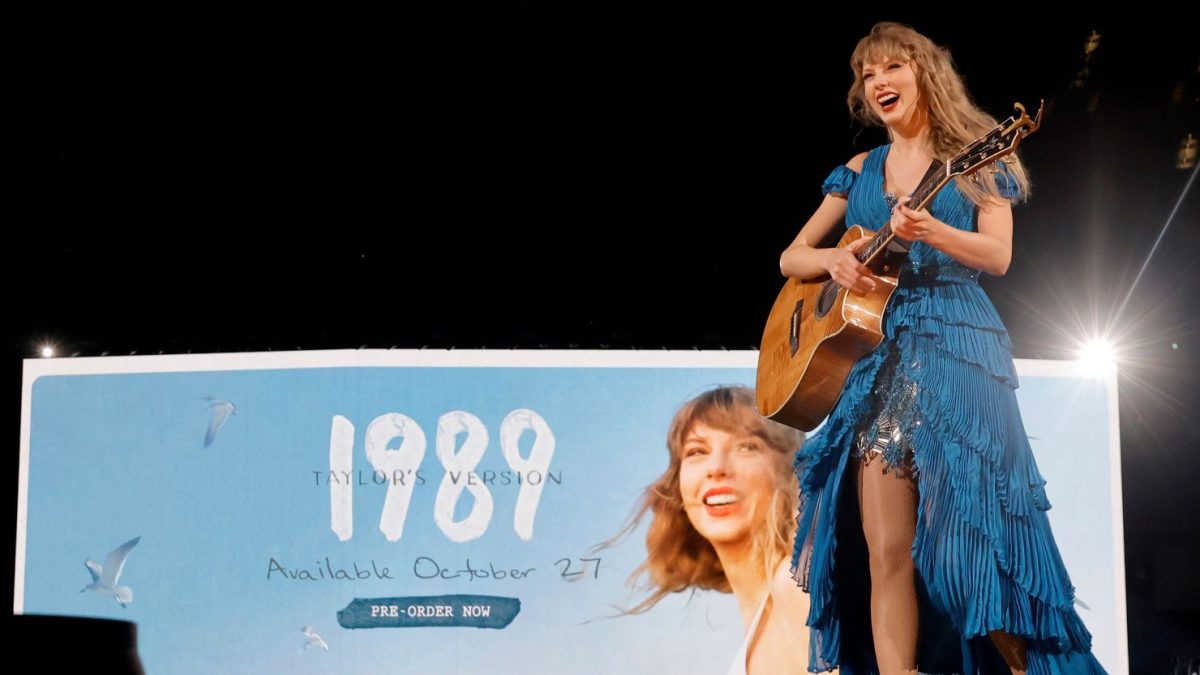The recent surge of live-action adaptations has not gone unnoticed by the public. The trend that started with Disney’s live action remakes of its animated classics like Cinderella and the Lion King has now extended to Netflix remakes of anime, childhood cartoon staples, and even video game adaptations.
Most recently the live-action version of Avatar: The Last Airbender was released on Netflix. Before that, we saw the long-awaited re-adaptations of Percy Jackson (Book 1: The Lightning Thief), One Piece, and Lockwood & Co enter the big screen. Though live-action adaptations of books are often considered commonplace, when accompanied with the rise of arguably “un-original content” (like upcoming features on Disney Plus being primarily reboots), public reception has been mixed. Not to mention, with prominent and often widely acclaimed series like the Harry Potter movies greenlit for another Max TV show (forecasted to hopefully reach 10 seasons by its conclusion), fans have expressed criticism over Hollywood’s tendency to recycle rather than innovate– especially as authors like Harry Potter’s continuously transphobic author, J.K Rowling, are supported in the process.
One large downside with adaptations is the loss of filler episodes, or short breaks unrelated to the main plot. While filler episodes get a bad reputation, they are incredibly important in fleshing out characters, relationships, and world building. By cutting a collection of 20-25 episodes that are 20 minutes into 8 episodes that average around an hour, hours of content are lost in translation. That time was originally spent to understand characters more clearly, and is one of the reasons the original characters are so beloved. The loss of it means that the show is forced to prioritize plot over characters, and in turn, makes each character less lovable.
There is also a noticeable shift in who streaming companies perceive to be the target audience for these adaptations. The original Avatar: The Last Airbender was firmly established as a children’s show, but was so well written that many adults gravitated towards it as well. The new Avatar: The Last Airbender firmly caters towards teenagers and adults, with the hour long episode runtime alienating their original audience, who don’t have the capacity to watch and follow episodes that last that amount of time. With this change, they may lose sight of the original joy of the show, and add a damper on the spirit of the show.
Plus, in an effort to cater the critically lauded animation’s storyline to be “socially acceptable today” as the live action’s writers have touted, some of the main characters’ personalities have been changed. Most notably, Sokka, and his realization that women can be just as capable as male warriors– if not more. When the series starts, he is frequently making sexist jokes, much to the disdain of his sister. But by meeting the fearsome Kyoshi warriors, an all female band of fighters, he comes to understand and respect their prowess, and eventually asks them to teach him – a huge marker of his character growth. By erasing this arc in favor of less misogynistic language (deemed more in-line with modern day’s values), the show removes flaws that are used as teaching moments for the characters, and by extension, the audience.
But how loyal do re-adaptations need to be? Quality CGI, realistic casting, and time are all constraints the animated world lacks to an extent. Anime regularly sports characters with rainbow hair and creatures that are surreally imaginative. Its magical sets are painted alive with a vividness some could debate are absent in reality. Extreme facial expressions don’t translate the best onto humans. And there’s no replacement for the characters viewers once visualized in their head. Inclusivity in casting is integral to broadening representation in our media, but there has been backlash on whether or not appearance detracts from the authenticity and respect of portrayals. Child actors sometimes lack the experience that adds depth and dynamic to a character. So many parts of these live actions are highly contested because the viewing experience is an intrinsically individual experience. Success then, is often variable. Numbers are high as viewers flock towards what they hope to be a nostalgic rendition of their childhood favorites. The discourse that follows however, is frequently less… positive.
Films have not escaped from the live-action treatment. The adaptation industry has been propelled by Disney remakes, whose quality range from average at best, to miserable at worst. It’s an incredibly lucrative business, but it also damages the brand integrity that Disney once prided itself on, while completely overpopulating the market. In the next few years, there will be no fewer than then Disney remakes released, all primed to do astronomically well in the box office, and do poorly in critical reviews. On top of that, there is a line of sequels planned that are designed to play on nostalgia, with Ghostbusters: Frozen Empire at the top of the list. While Ghostbusters is a classic movie, each Ghostbusters reboot has tanked more and more, as audiences prove that they are not interested in more Ghostbusters content. Here’s hoping that Frozen Empire finally kills the genre, but based on box office readings, that may not be the case.
The trend of remakes is as persistent as it is constant, and there seems to be no sign of it declining. With the frequent cancellations of other highly-anticipated television shows in place of these remakes, the trend is worrying for the industry, to say the least. It seems Hollywood, now more than ever, would rather remake genius than create it.








